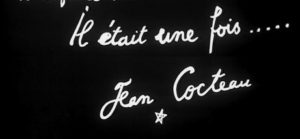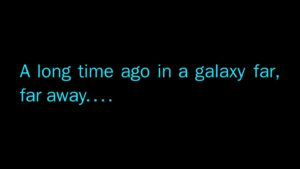
There are misconceptions out there about writing, and one of them is that writers have talent and the rest of us don’t. Schools try to “teach” writing and just leave most people with a distaste for trying to express themselves with the written word.
Many of us had our writing styles ruined by education. I’m one of them. After eight years of full-time grad school trying to turn out PhD-prose, I became a horrible writer. Constipated and verbose at the same time. It wasn’t until I discovered new ways of writing qualitative research that things started to get better. People who tried to help me, editors at journals, colleagues, were at a loss.
I had to struggle through it. Writing poetry actually helped. Reading the new ethnography helped. A mentor would have also helped. But I was too embarrassed to ask, or even think of asking, or pay for a coach. After all, I was supposed to know how to write.
If you’re having trouble, it’s probably at least partly the fault of mass education. In particular, the five-paragraph essay formula is devastating to good writing. And that’s what schools teach, because busy high school English teachers with 200 students a day don’t have time to mentor beginning writers.
I’m going to say that having ideas is the most important part of writing. Writing is a process of thinking them through to find meaning. I often say, “I don’t know what I think until I write.” You may want to start with an outline, which can help organize your thoughts, but be prepared to let the writing go where it wants to. You can fix it in the next draft.
I generally disregard the conventions of mapping out an entire article or essay beforehand, because the process of writing unearths ideas and connections I didn’t know were there, what we call, “writing straight ahead.” (An outline can come after, when I’m struggling to figure out what the hell I just wrote. As I said, there are no shortcuts.)
I urge the struggling writer, at any level, to find someone who has time and patience to point out where you are successfully communicating, and who is able to help you identify and bring your ideas into the sunlight of the printed page.
Yes, to some degree this is a plug for our services. But even if you don’t want to pay for our help, or you don’t think we are the right people for you, it’s worth finding an editor you can trust.



